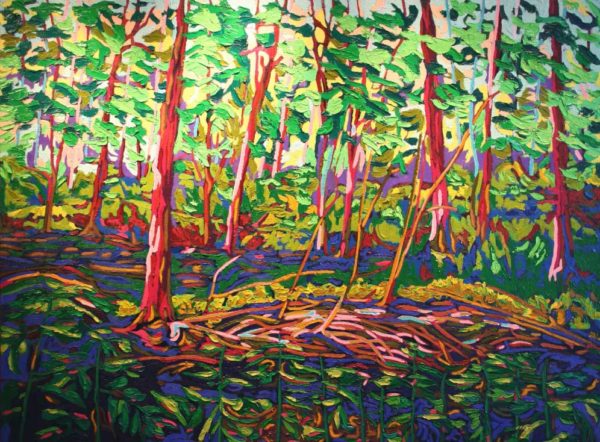The Core Understanding
Deep within us we have what we need. It is built into the nature of consciousness that we are always being guided towards wholeness.
It is this central fact: a teleology, a guiding principle within us – what Carl Jung and Ramana Maharshi call the ‘Self’ – that distinguishes the transpersonal approach.
And this is the context of our training. It is also the context of the wisdom traditions: we are formed of a Great Consciousness that has birthed us . . . along with all beings. And this context is reality . . . Moreover it is only through conscious apprehension of this reality that we can discover our true nature and our wholeness.
A traditional religious sensibility might express this as: without God we are nothing.
Or in an Eastern voice: all beings are Buddha.
Or as a scientific proposition: all existents are formations of consciousness.
However we frame it and however we come to it, this is the ‘perennial’ understanding and it locates us in a reality that is fluid and responsive rather than one that is mechanically fixed and determined. Not only the psyche, but reality itself is alive and intelligent. This is the core understanding underlying the approach that liberates the human spirit.
It is the view of the wisdom traditions that trying to do anything in this life without this core understanding is to be misinformed from the get-go, disoriented from the outset and, sooner or later ‘up shit creek without a paddle’ . . .
This could even be a re-formulation of the Buddha’s First Noble Truth (usually expressed as ‘Life is suffering’). Whether as an individual, collectively, or even as a species, we are adrift in a cosmos of impermanence, located in a body of endless desiring, and all of it is falling apart: truly, madly, deeply, we are . . . ‘up shit creek without a paddle’ . . .
And implausibly . . . there is a solution to this . . .
Even better, the solution is in our very own being . . . even closer to us than our own thoughts.
Strange but true . . . it is the ‘perennial’ truth . . . as ‘perennially’ expressed by the buddhas down through the ages . . .
And it is enfolded in our being where it always and perpetually awaits our attention . . .
And it is this – our attention to this, ultimately our heartfelt devotion to this – that is needed to make it come alive as the living force of our life.
This then is what we are about.
